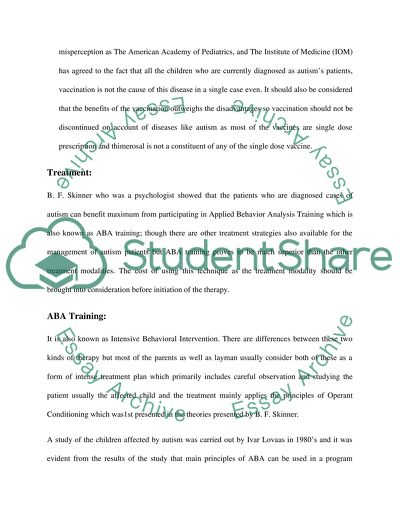Cite this document
(“Treatment of Autism Research Paper Example | Topics and Well Written Essays - 2500 words”, n.d.)
Retrieved from https://studentshare.org/family-consumer-science/1418866-treatment-of-autism
Retrieved from https://studentshare.org/family-consumer-science/1418866-treatment-of-autism
(Treatment of Autism Research Paper Example | Topics and Well Written Essays - 2500 Words)
https://studentshare.org/family-consumer-science/1418866-treatment-of-autism.
https://studentshare.org/family-consumer-science/1418866-treatment-of-autism.
“Treatment of Autism Research Paper Example | Topics and Well Written Essays - 2500 Words”, n.d. https://studentshare.org/family-consumer-science/1418866-treatment-of-autism.


